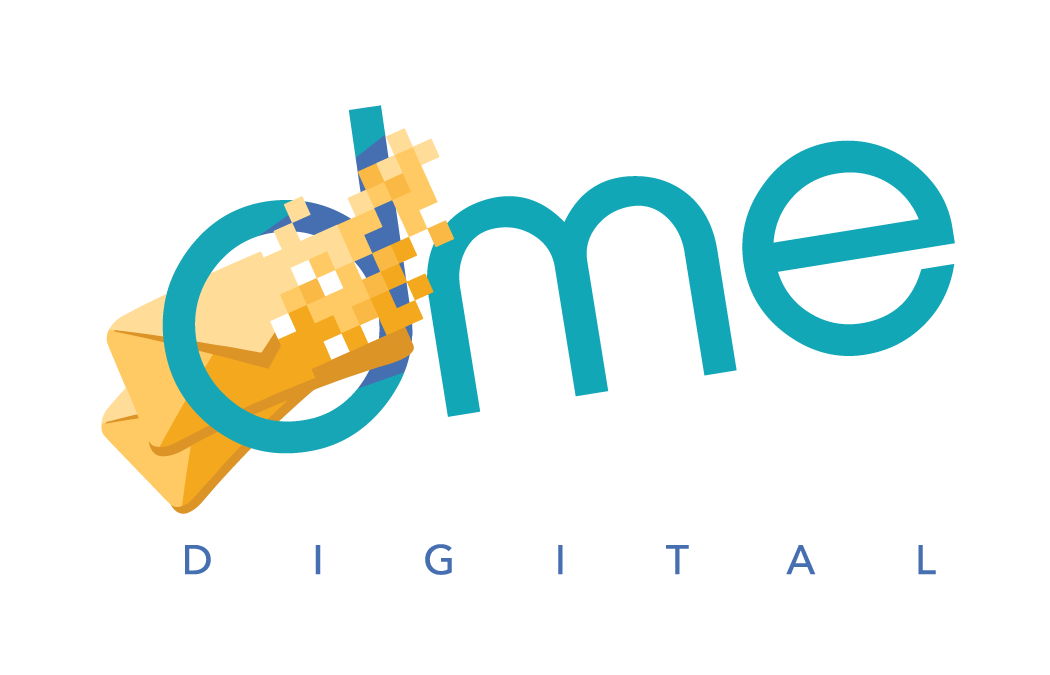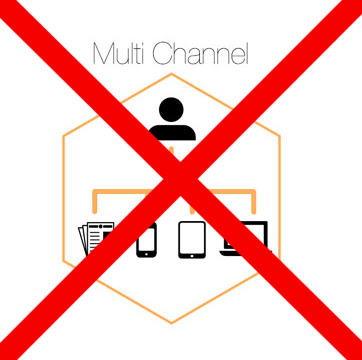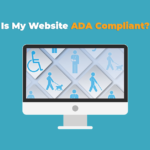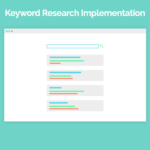Ah, multi-channel marketing. The buzzword of the decade.
It has come to mean different things to different folks…
But multi-channel marketing as it was originally meant is essentially dead.
Here’s why:
To some people, it has come to mean the same thing as social media marketing through different platforms such as Facebook, Twitter, Instagram or Snapchat.
At the same time, others believe it to mean every kind of marketing in the digital space:
Basically email, social, affiliate, content and to some extent SEO/SEM.
Unfortunately, all of these folks have it wrong.
By focusing exclusively on digital verticals, multi-channel marketing has lost its way.
It has become no more than a meaningless buzzword that distracts marketers from true multi-channel approaches by overemphasizing digital.
But, there are those that hold true to the real meaning of multi-channel marketing.
SAS does a great job defining it:
Multi-channel marketing refers to the practice of interacting with customers using a combination of indirect and direct communication channels – websites, retail stores, mail order catalogs, direct mail, email, mobile, etc. – and enabling customers to take action in response – preferably to buy your product or service – using the channel of their choice.
Essentially, true multi-channel marketing is all about choice and giving the consumer all of the available access points to your brand.
You may be saying “Wait, but if that’s the definition, how is multi-channel dead?”
Let’s dig a little deeper into the core issue.
Raise Your Pitchforks
While SAS’s definition of multi-channel marketing is an admirable one, marketing efforts in practice have strayed further from the light.
Oracle Marketing Cloud mentions that cross-channel, multi-channel, and omni-channel marketing are the same thing.
Along with that, they state that the focus is on digital channels only…
That’s a HUGE mistake.
The three tactics of marketing mentioned are completely different approaches to the game.
And while digital is a huge part of marketing efforts today, when you leave out traditional marketing there tends to be a disconnect between customers and businesses:
A crucial part of the buyer’s journey is left out.
Since consumers are connected online more than ever, it can be easy to assume that only targeting them on the web would be extremely effective.
But that assumption couldn’t be further from the truth.
Multi-channel marketing is powerful.
Connecting people across all channels is crucial in today’s consumption-driven world.
The downfall of multi-channel is that the market is constantly evolving:
Years ago, it was okay to just be on every channel and available outlet for a consumer to see.
Nowadays you need a robust strategy that makes a special effort to integrate campaigns and data throughout direct and digital channels.
But How Can it Be Dying if it Is so Crucial?
In a sense, multi-channel marketing isn’t truly dead, but there is a better way.
The holy grail of advertising is summed up in two words:
Omni-channel Marketing.
The true ruler of all marketing strategies. All hail and long live the king!
Both multi and omni strategies involve all channels, but only omni connects them cohesively.
Think of it this way:
Your brand has a voice, just like you and I do.
Imagine if your voice were to change depending on whether you’re in person or on the phone.
You may know people who do this:
They adopt different tones and attitudes between texting, emailing, writing, posting on social media, and talking in-person.
You may have noticed that it’s not inviting, and is even off-putting at times. It leaves others feeling uneasy and unsure of where they stand with the person.
Well, believe it or not, the same goes for your brand.
If your brand voice changes when the channel changes, you run the risk of alienating customers.
Now that you know the basic concept behind omni-channel marketing, you may be wondering:
How much does it actually matter?
Here’s What We Know:
1. Over a 1/3 of online purchases span multiple devices and channels
Most people today begin their shopping journey on one platform or device and end it on another.
It’s not uncommon for people to see a sale offer or coupon code in their email inbox on their smartphone, but switch to a laptop or desktop computer to actually make a purchase.
Some people even start online and finish in-store, or start in the store and finish on the company website.
Gone are the days where people rely solely on one channel. You may be influenced by a direct mail piece, get re-targeted on Facebook, and finish the buying process a couple days later when you see it again online.
The “see it again online” is the crucial step here. Immersing the customer in the message keeps them from forgetting and abandoning their plan to purchase.
2. The combination of digital and traditional marketing strategies yield a 28% higher conversion rate than using either alone
People are more likely to trust a brand that says the same thing to them across channels.
Although a multi-channel approach will surely increase conversions, it won’t have the same impact as an all-encompassing omni-channel campaign.
The result of an omni-channel campaign convinces leads that you are committed to gaining and maintaining them as a customer – that their satisfaction is important to you.
3. A holistic approach to the buyer journey delivers significantly higher lifetime value
The more that you as a business can be in front of a consumer and carry them through the buyer journey, the more likely they’ll be to convert.
And not just convert, but also advocate for your service or product.
This is critical.
Each time you’re seen is another chance to convert down the line. And it’s not just a small chance – each moment of exposure makes conversion more likely.

In order to take full advantage of omni-channel marketing, you have to be set up for it correctly:
You must digitally transfer your offline presence to your online presence, and have consistency across all channels.
The biggest challenge with an omni-channel approach to marketing is the DATA.
Shopping data is useless unless you can use it to tell a story and deliver proper recommendations that will lead to a purchase.
When tech giants put up walls around the data they collect, it becomes harder than ever for companies to collect useful and relevant data.
But at the same time, more data than ever is being collected and used to target consumers in the most effective ways.
Headway is being made.
Some companies are beginning to expose the data and make it more readily available.
Media giants such as Fox, Viacom, and Turner worked together to create OpenAP, an advanced advertising platform geared towards other agencies that cannot otherwise collect the vast array of data that has been piling up over the years.
This is great news for any organization that knows how to parse and use good data but just doesn’t have the resources to collect it.
So What’s the Catch?
It’s the same as in any form of marketing:
If you want conversions, you need to bolster your presence and nurture your leads.
Meeting customers across channels and devices, connecting their online and offline profiles, as well as delivering timely and relevant media to them is nearly impossible for many brands to do on their own.
Many brands will stick to multi-channel marketing because that’s what they think they have the resources for.
But they will become less and less competitive as the rest of the market progresses.
So, multi-channel marketing is not dead per se, but now there is a better approach that is killing it slowly.

Learn how to bridge the divide between digital and traditional marketing by creating a dominant omni-channel presence. See our guide to “Direct Mail + Digital Marketing = Success” for more on how to make it happen, or check out the services we provide to our DME Digital partners to get the most out of an omni-channel approach.












Leave a Reply